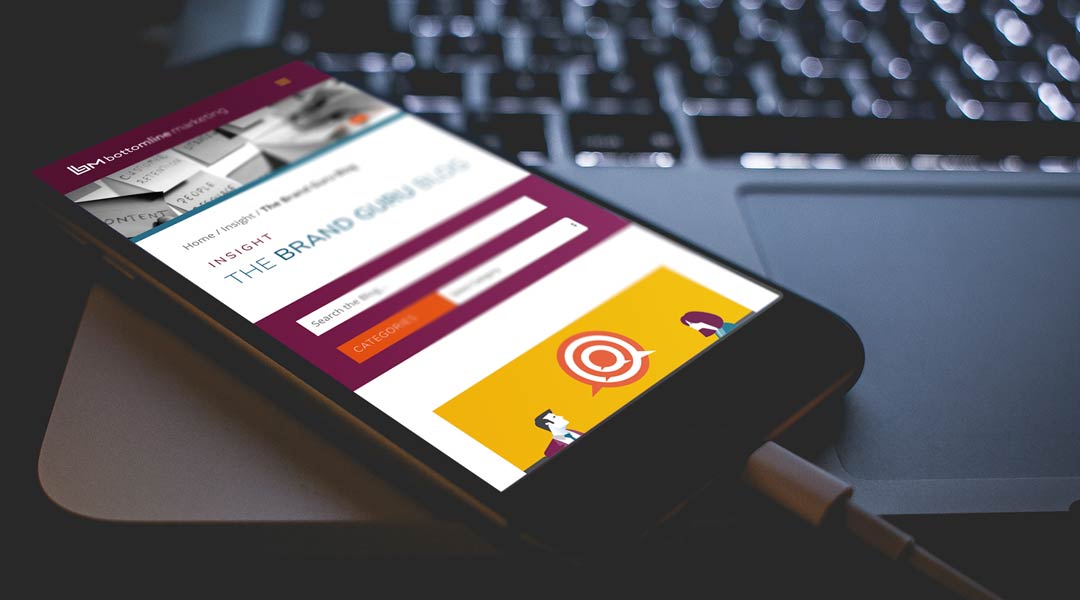One of the most important “jobs” of a brand is to differentiate you from competitors in a way that customers see you as the preferred choice when buying the product or service your business offers. This is where points of parity and points of difference enter the fray.
When making a buying decision, most consumers have a short list of potential vendors to consider. Points of parity are the features and benefits your business must have for potential buyers to put you on their short lists. Without them, you’re not even in the game.
For example, points of parity for a bank would include checking and savings accounts, branches in convenient locations, online banking, and plenty of ATMs. Most banking customers consider these as essential elements of the banking experience, and they expect them to be delivered at a certain level of quality. If you do not deliver these benefits equal to or better than your competitors, you won’t be a market leader.
The challenge with points of parity is they change a lot faster than they used to. Case in point: FedEx. Early on, they captured mega-market share with their clever slogan “When it absolutely, positively has to get there overnight.” Now, reliable overnight delivery is just another point of parity in the industry.
Cell phones offer another example. When they first hit the market, good coverage and enough memory to manage phone lists and other contact information were enough. With the advent of smartphones, it’s a whole new ballgame.
These days you can’t compete in the mobile phone market without an entire range of benefits that include quick recharging, texting and calling, streaming video capabilities, high-pixel cameras, plenty of processing power, good screen quality, and much more. And every time a manufacturer adds something new that captures the attention of consumers, it gets added to the list of “must have” features.
Which leads to perhaps the most important element of a brand.
Points of Difference
Points of difference are features or benefits with two basic criteria:
- Your target audience considers them important
- They help differentiate you from competitors
For banks, points of difference could be higher interest rates on CDs, no closing costs on home loans, or better cash-back rewards on credit cards.
Strong points of difference support a strong brand. They also enable you to sell on value rather than price. Again, smart phones make a good example.

Early on, iPhones had a clear advantage in perceived value because they were technologically superior and easier to use than other cell phones. Moreover, the Apple i-store had much more content options than competitors. Hence, Apple could charge a premium since they are selling value rather than getting caught up in a price war. Even as Android phones caught up in features and technology, Apple still differentiates on the experience they provide consumers.
For the rest of the market, today’s smart phones have become so copy-cat that manufacturers are struggling to come up with meaningful points of difference. Current ones include the number of apps that work with the system, battery life, purchase price, and deals with mobile service providers. These are all meaningful to most smart phone users. But when you look closely, the differences between these features are small.
Manufacturers attempt to differentiate by introducing new models every year. At this point, the improvements in features and quality tend to be incremental rather than revolutionary. It’s been a while since any phone manufacturer came out with a point of difference that really rocked the smart phone market, yet Apple still stands apart from the majority of Android phones.
As a result, smart phones have become commodities with a long list of “must haves” just to play in the game. Granted, they remain pricey commodities. Outside of Apple, no one manufacturer has a real advantage in terms of points of differentiation, and price has become a prime consideration for most buyers, a sure sign of commoditization.
Points of Difference Drive Preference
Creating meaningful points of difference is both an art and a science, although the science part comes first. It starts with extensive research to understand at a deep level what is really important to your customers. Not just which features and benefits they value the most, but why.
This research needs to be followed with competitive analysis to understand how competitors are positioning themselves in the market and how they communicate their points of difference. The art involves understanding the subtle nuances of why customers prefer your product over competitors’ and using them to drive your brand messaging.
Brand messaging must let your target audience know that you deliver the key points of parity at a competitive level. Otherwise, prospects and customers won’t bother looking for points of difference. Conversely, when they know you have the basic points of parity, your points of difference will motivate them to prefer your product or service.
Examples of powerful points of difference include:
- Nordstrom – Legendary service
- Southwest Airlines – Fun brand personality, no checked baggage fees
- Apple – Innovative technology and intuitive product design
- Liberty Mutual Insurance – Buy only what you need (a novel concept in insurance rather than being told what you need to buy)
- Starbucks – Young, vibrant brand personality, product customization (100+ different coffee drinks)
In a nutshell, points of parity drive interest. Points of difference drive preference. Most companies only have one or two meaningful points of difference. That’s why it’s so important to get them right.
What are your brand’s points of difference? If you have them, do you struggle to define them in a compelling way? Let the brand gurus at BottomLine Marketing give you a hand. We’re here to help! Contact us and we’ll set up a time to talk.


Recent Comments